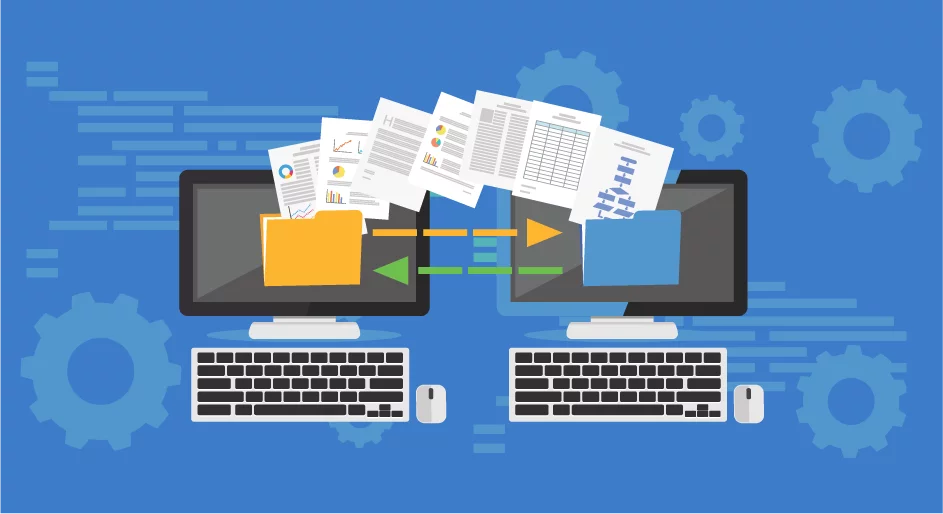Data protection is highly associated with internal software and online system. Businesses invest in cloud-based solutions to protect data from internal loss. Data backup is analyzed based on hacking, software damages, ransomware, data deletion and more. This leaves out the potential disaster that can occur on the hardware part of the storage systems.
Due to tech advancement, organizations tend to let go of ancient storage protection facilities like offsite and onsite backup systems. The hardware backup part is neglected, leaving storage exposed to issues like natural disasters, theft, hardware damages and more. IT experts must incorporate inclusive storage backup software that helps cover multiple threats, including external damages.
Selecting versatile software is challenging as many backup facilities are problem specific. Storage data and protection system vendors create solutions based on arising issues, making it difficult to avail a multipurpose facility. However, the market offers several solutions that offer combined services. Companies must analyze the systems or devices to ensure they meet the required criteria.
Enterprise backup solutions
Businesses incorporate enterprise backup solutions to provide robust security on stored and operational data. Most users implement cloud-based solutions to recover and back up data in locations like the onside data centre. The solution collects data from the software section and combines the hardware efforts to transfer information primary storage system to the secondary storage. Organizations can recover crucial data lost due to ransomware and natural and human-made disasters. The backup solutions should offer a high-speed recovery process to help users resume business.
Types of data backup systems
Software and hardware hold similar significance at all business levels. The company’s developers need to invest in software that can offer both services and keep storage safe. There are different backup systems for users to consider.
- Onsite or offline backup
The onsite or offline backups are exclusive solutions kept in the office or organization and may not require an internet connection. However, with digital advancement, businesses can have an onsite backup with an online connection for a fast backup process.
Offline backups include hard drives, DVDs, network-attached storage and USB disks. Though the facilities are prone to hardware threats, they can offer immediate relief before a permanent solution is introduced.
- Offsite backup
Offsite backup solutions are secondary backup measures which are located outside the premises/offices. The data can be sent online or stored manually based on the company’s preference.
How to choose good enterprise hardware backup
There are various considerations when choosing the best hardware backup solutions. IT experts need to check on the following:
- Location
Hardware means touchable data facilities that require protection from potential threats. Organizations need to determine where the facility will be onsite or offsite. The onsite solutions are fast in terms of transfer and recovery. It’s easy to access, though potentially at risk of natural threats. However, organizations can opt for offsite locations to keep the information safe as a secondary option.
- Compatibility and flexibility
Before settling for any hardware backup solutions is best to analyze where the device is compatible with a software solution. The facility should be flexible in transferring data from any point. The best hardware backup needs to accommodate all operating systems for seamless transfers. Every OS is designed with specific software. The backup solutions should align with the features to ensure the data is engaged easily.
Hardware facilities store data in different formats. It’s advisable to check the type of device and formatting each solution provides. This will help during data transfer to the software or other devices. To access the right formatting, ensure to set your preferred specifications on available files.
- Vendor-based or not
Data storage and data protection solutions are mostly vendors attached. The agent or vendor offers various features that suit the data requirement of the company. They offer installed features for the user to save or store data. However, agentless solutions without vendors don’t require any installations. The vendorless solutions can only work for a virtual system, not a hardware solution. Organizations must review the best machine and backup systems vendor to avoid unexpected data loss.
- Data security
The primary aim of software and hardware backup solutions is to offer paramount security. Every user should consider the level of safety offered by the device or software before incorporating it into their existing systems. A good hardware backup should provide high-end security, an easy recovery solution and a backup plan in case of any damage. Most organizations intertwine hardware solutions with software to ensure the data is distributed in multiple locations.
This safeguards the information when either of the systems fails. Today their storage systems offer both physical and logical data protection. The software splits the data into various locations, making it easy to recover regardless of the damage on some devices.
Conclusion
Enterprises require to recheck the hardware and software backup solutions and decide on what fits their current and future needs. However, it’s best to opt for both solutions for guaranteed results.
